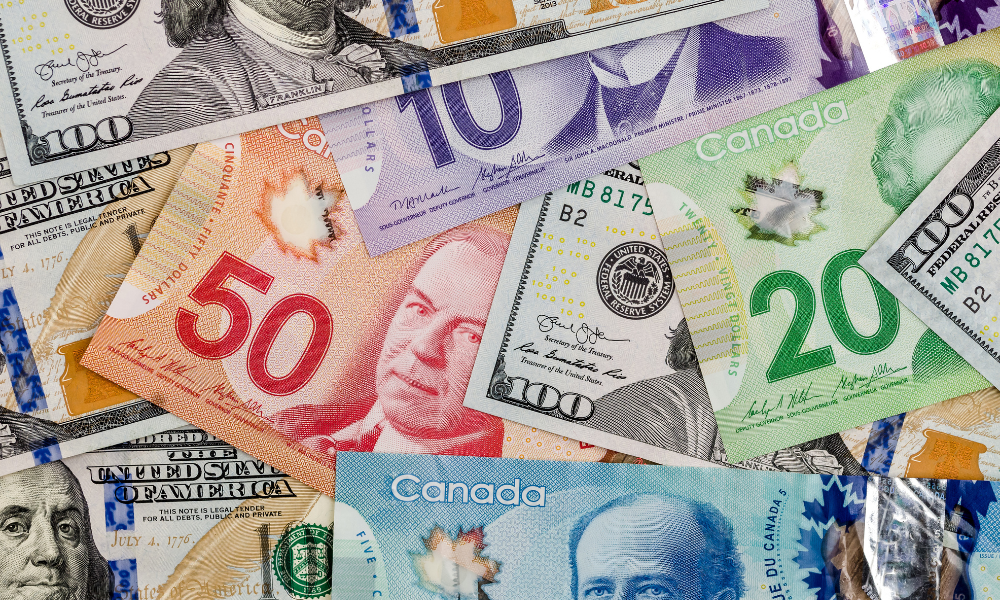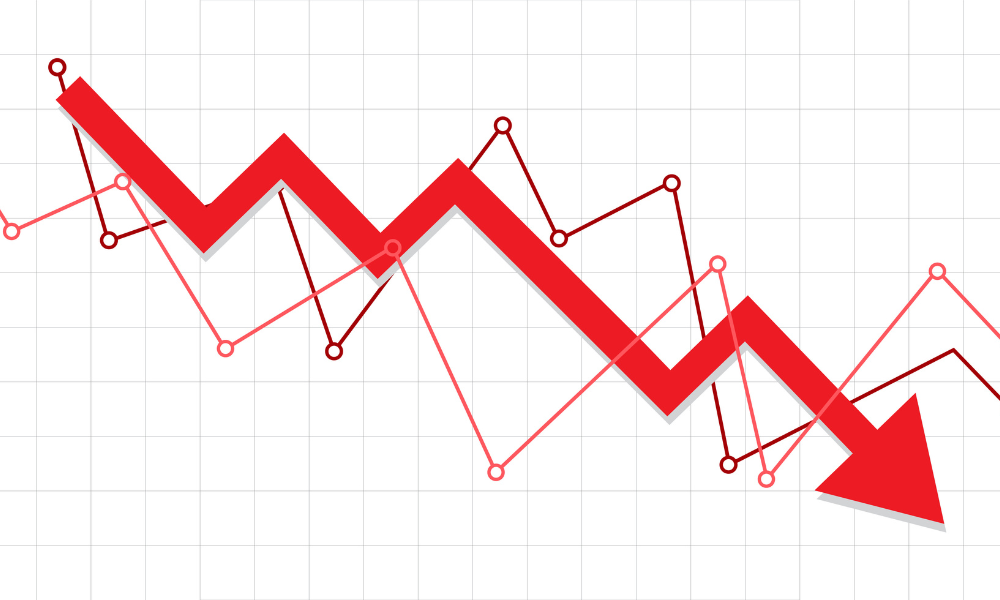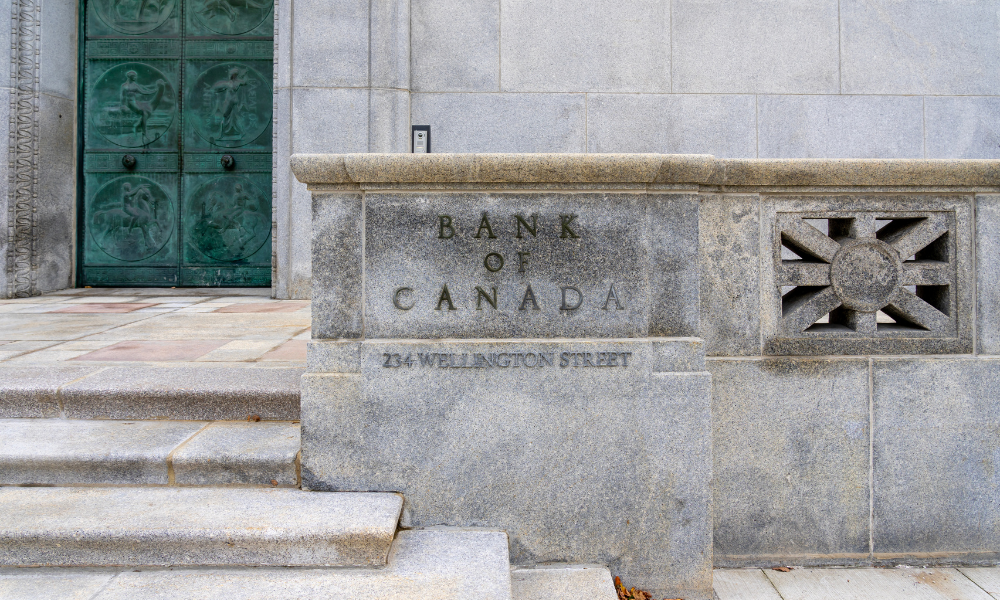Managing director outlines what brought the Canadian dollar to this point and how advisors can use it to their clients' advantage

On the back of trade tensions, the ongoing threat of tariffs, and wide monetary policy divergence between Canada and the United States, the Canadian dollar (CAD) fell to its lowest point against the US dollar (USD) since 2003 earlier this month. Since hitting highs of around $0.83 USD in 2021, the Canadian dollar has steadily declined to its current place of around $0.70 USD, falling into the sixties when blanket 25 per cent US tariffs on Canadian imports appeared likely.
Advisors and investors might be tempted by this relative nadir in the value of the Canadian dollar. If they believe that CAD has found its floor, then they might think there’s an opportunity for a currency play. Bipan Rai, Managing Director and Head of ETF/Structured Solutions Strategy at BMO Global Asset Management, thinks that advisors should still exercise a fair bit of caution around the prospect of currency as an alpha generator. Rai explained that the roots of this currency divergence run deeper than just trade and current monetary policy. He noted, too, that some of those short-term headwinds remain unresolved. He argues that a return to first principles and hedging strategy can serve clients better than trying to time an uptick in CAD.
“I would caution investors and remind them that the exchange rate markets are a very difficult place to generate alpha on a sustained basis,” Rai says, when asked if a CAD play is viable now. “The best way to address that question is to reframe it and ask if it is time to hedge or not. The reality is if you’re looking outside of Canada to generate any meaningful source of return, foreign exchange is a fact that needs to be considered.”
The core question that many advisors now face as they consider currency strategy is whether CAD has found its floor yet. Rai explains that a number of slow burn themes have run alongside recent trade shocks to bring us to this point. Among the long-term factors that Rai believes the market hasn’t fully considered is the fact that Canadian household debt is at a far higher level than we see in the United States. That means less discretionary spending and higher savings rates in Canada, which Rai says is reflected in central bank policy and the weakness of CAD.
Trump’s trade threats are the other key factor. Even in the leadup to the announced tariffs, threats and bellicose language were being priced into CAD on foreign exchange markets. Disruptions to bilateral trade, Rai says, will potentially force the Bank of Canada to respond further and cut rates. That, in turn, could pull CAD lower.
As of now the trade tensions are unresolved, with the blanket tariffs delayed until March. There have since been developments like the imposition of universal tariffs on steel and aluminium imports into the US. Rai believes that the 25 per cent blanket tariffs threatened early in the month have not yet been fully priced in to the Canadian dollar. Another trade shock, he says, could push things lower. A resolution or a further extension of the issue, however, could see some upward movement in CAD on the margins.
“If there aren’t additional tariffs levied by the White House against Canadian imports, then potentially there could be a near-term floor for the Canadian dollar and we could see CAD generate some momentum as the chaos premium is priced out. In which case it does make sense for investors to consider hedging and to reassess that decision, perhaps on a more frequent basis than they might have done before.”
If advisors are tempted to try to generate alpha long-term with currency strategies, however, Rai offers a counterpoint. He suggests comparing the long-term path of the Canadian dollar against the USD with the S&P 500. The S&P 500 grows consistently over time, while the Canadian dollar is bound to a degree of mean reversion.
“The relationships between independent factors in the exchange rate is far less stationary than most people would believe,” Rai says. “And that's why I always try to say that you shouldn’t game the FX market. Instead, the FX market is there to help you protect against your risks.”



